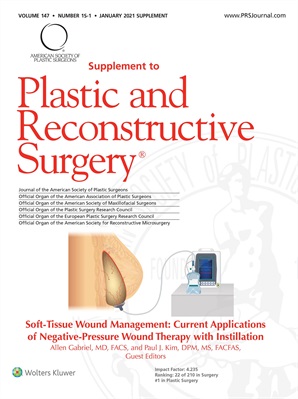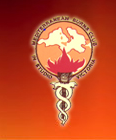Gabriel A, Camardo M, O’Rorke E, Gold R, Kim PJ.
Plastic and Reconstructive Surgery: January 2021 – Volume 147 – Issue 1S-1 – p 68S-76S
 Al faltar ensayos controlados aleatorios grandes que evalúen los efectos de la terapia de heridas con presión negativa con instilación de una solución tópica se decidió realizar por los autores una revisión sistemática de la literatura y un metanálisis de estudios comparativos para determinar los efectos de NPWTi-d versus la terapia de control en el tratamiento adyuvante de heridas complejas.
Al faltar ensayos controlados aleatorios grandes que evalúen los efectos de la terapia de heridas con presión negativa con instilación de una solución tópica se decidió realizar por los autores una revisión sistemática de la literatura y un metanálisis de estudios comparativos para determinar los efectos de NPWTi-d versus la terapia de control en el tratamiento adyuvante de heridas complejas.
 Deep and extensive burns of lower extremities present a difficult challenge to healthcare professionals.In dealing with such complex wounds, which are difficult to treat, several authors have recommended the combined use of Integra® and negative pressure wound therapy (NPWT). They emphasize that NPWT eliminates wound exudate, promotes neovascularisation and cell migration through the Integra® matrix while increasing its stability and adherence to the wound bed, as well as decreasing the time needed for its total integration. The case presented here is of a patient with major third-degree flame burns to the lower extremities.
Deep and extensive burns of lower extremities present a difficult challenge to healthcare professionals.In dealing with such complex wounds, which are difficult to treat, several authors have recommended the combined use of Integra® and negative pressure wound therapy (NPWT). They emphasize that NPWT eliminates wound exudate, promotes neovascularisation and cell migration through the Integra® matrix while increasing its stability and adherence to the wound bed, as well as decreasing the time needed for its total integration. The case presented here is of a patient with major third-degree flame burns to the lower extremities.




 Sitio web publicado el
Sitio web publicado el
Los lectores comentan